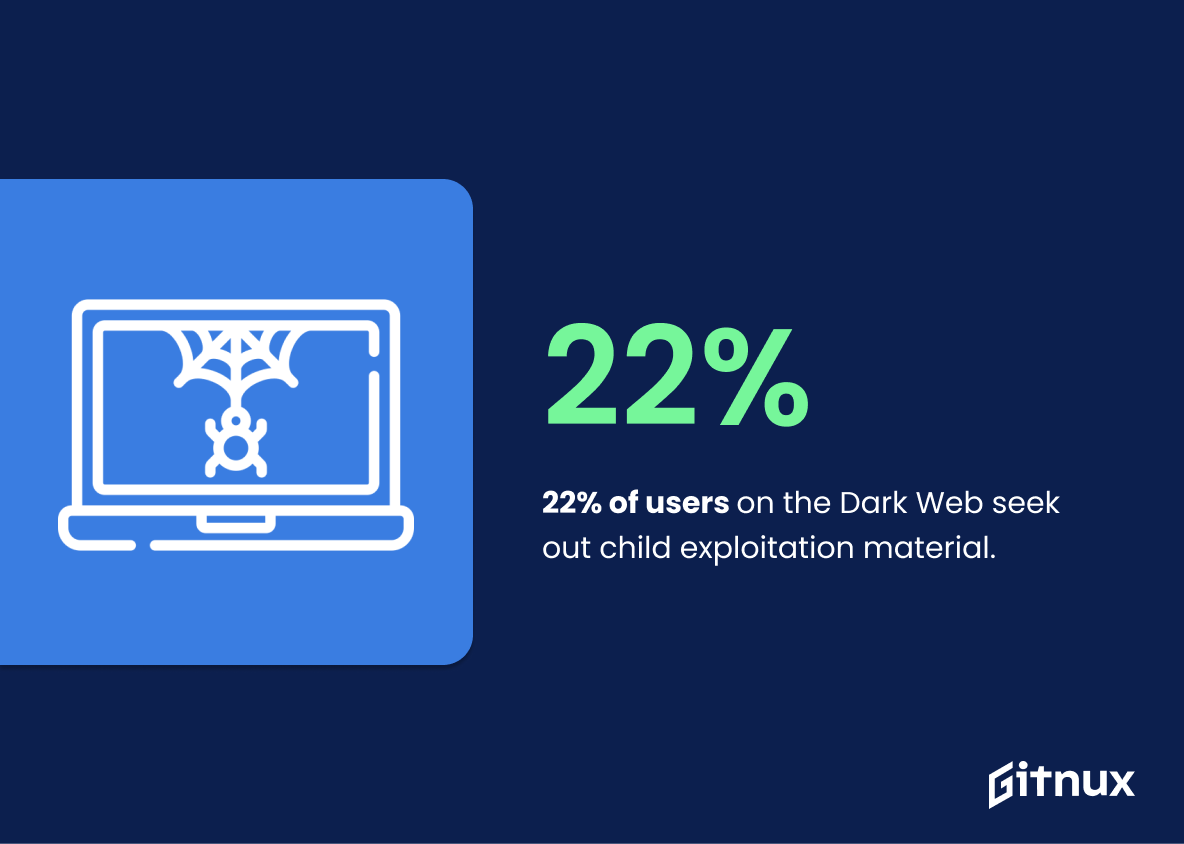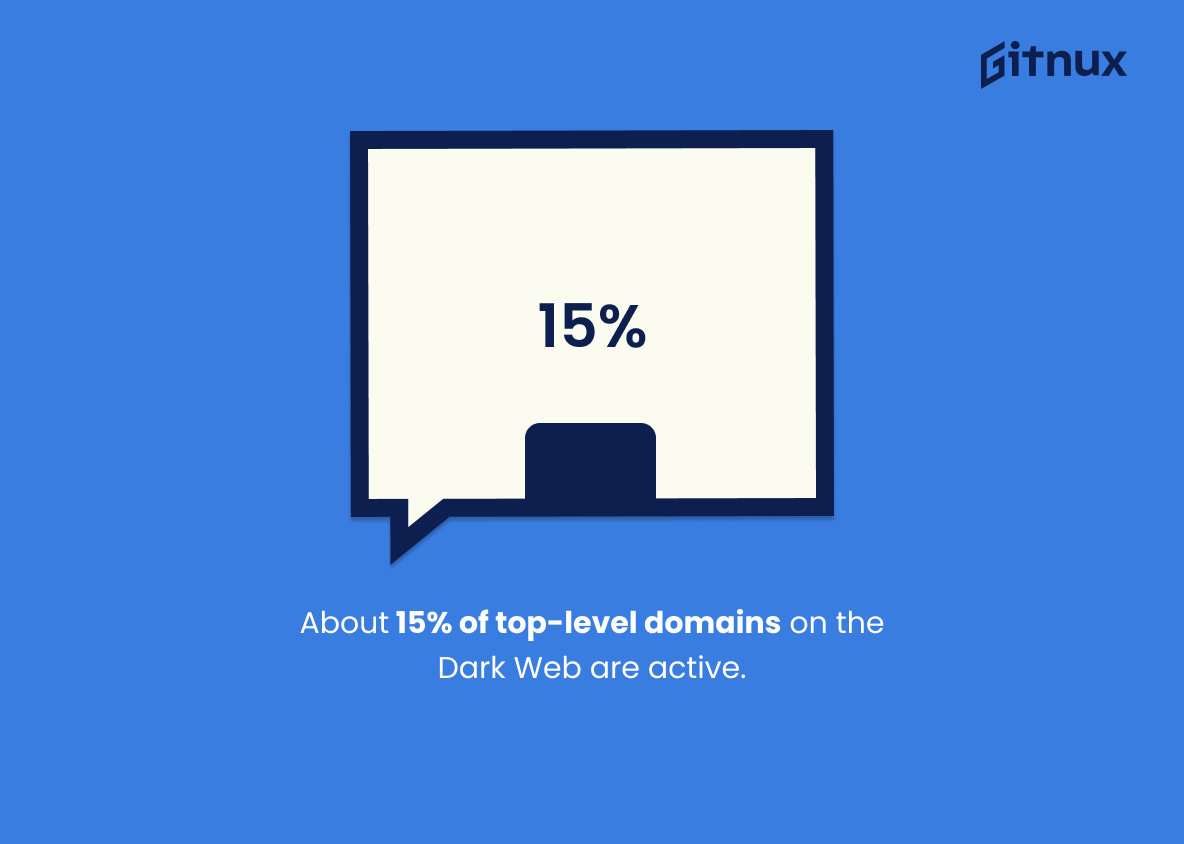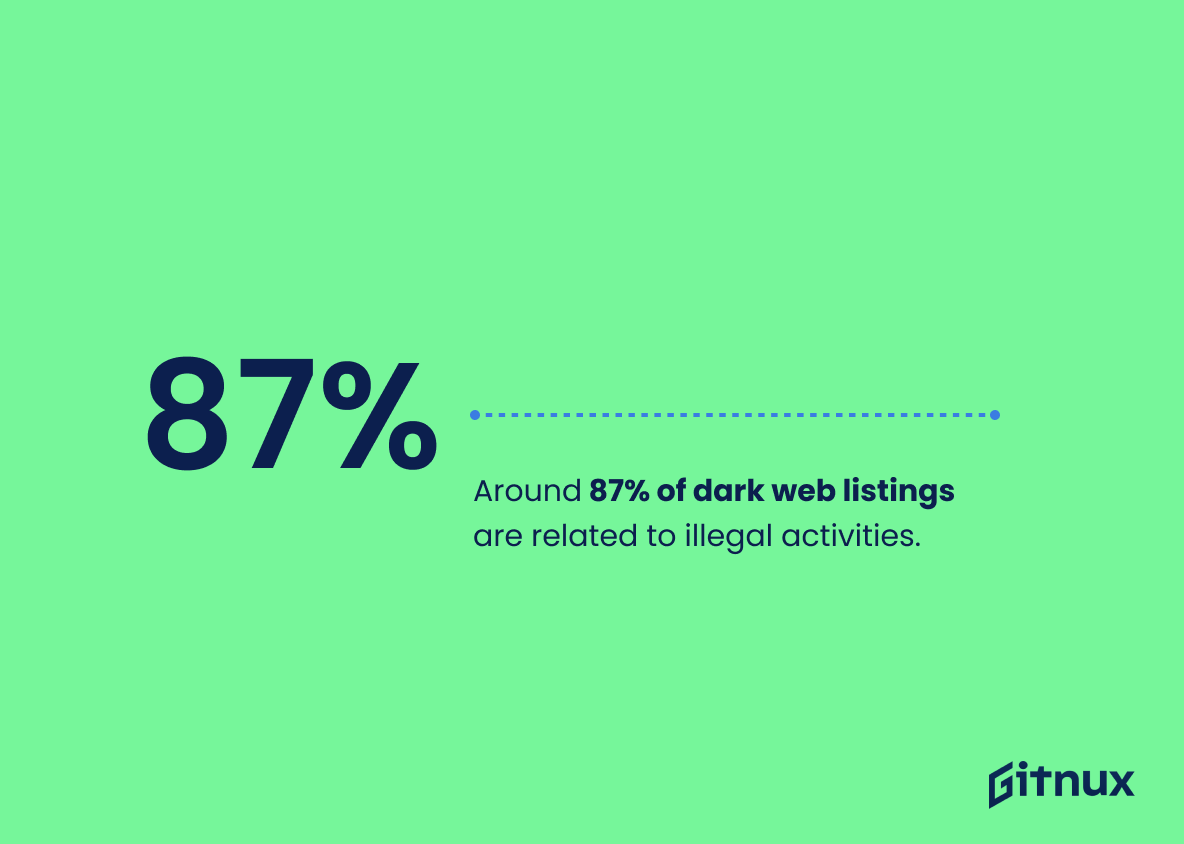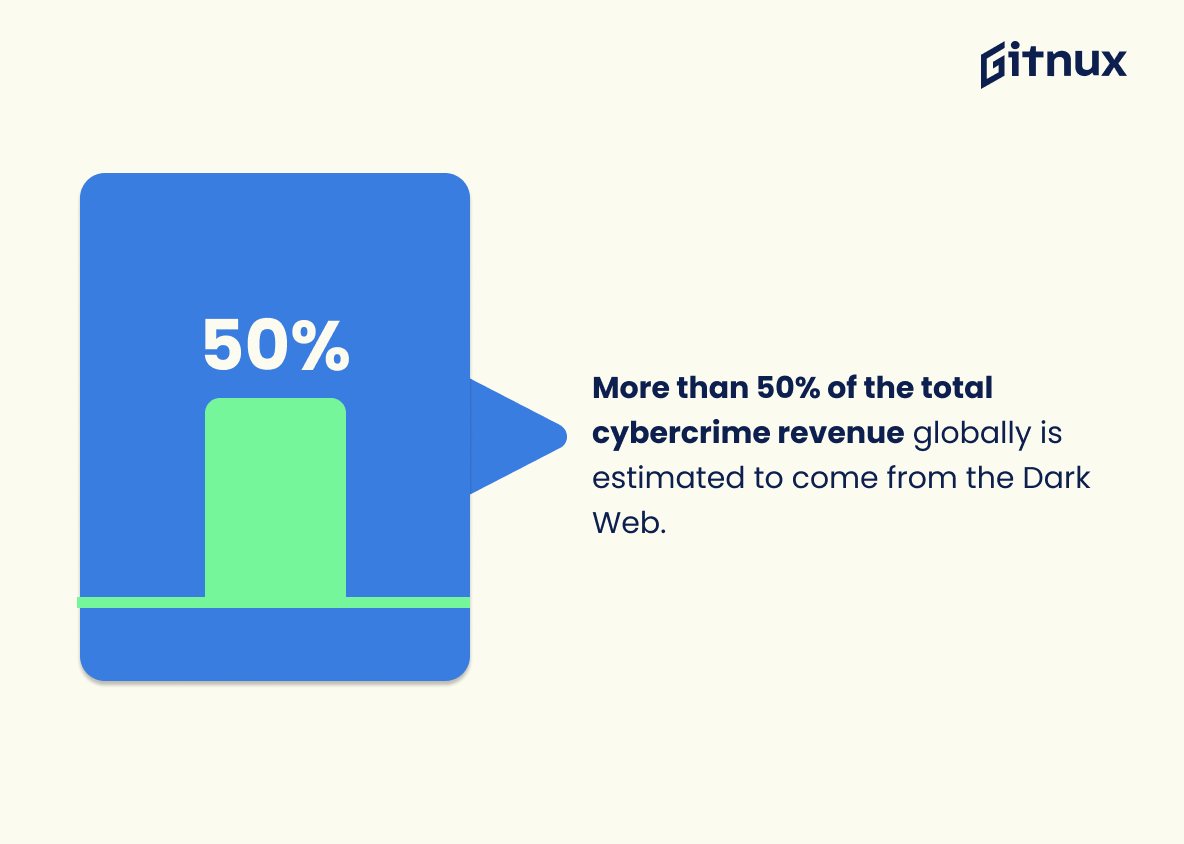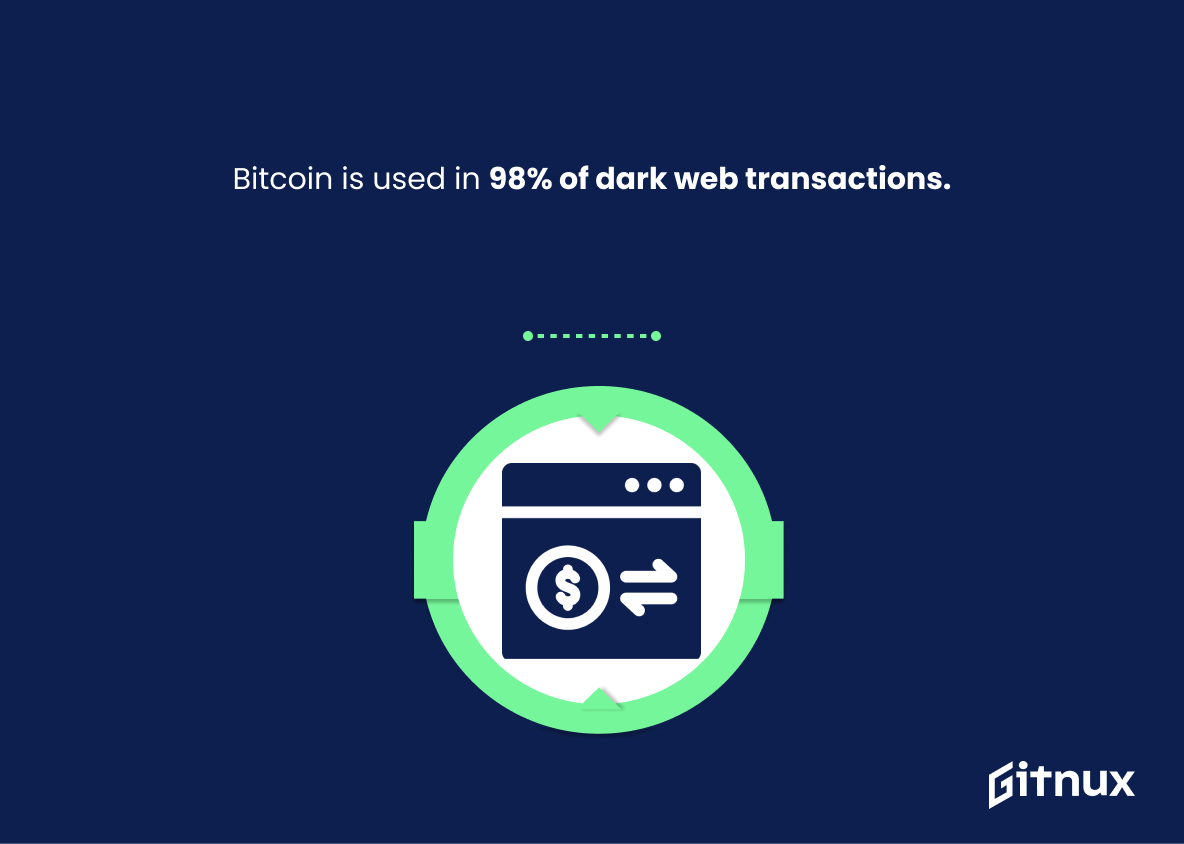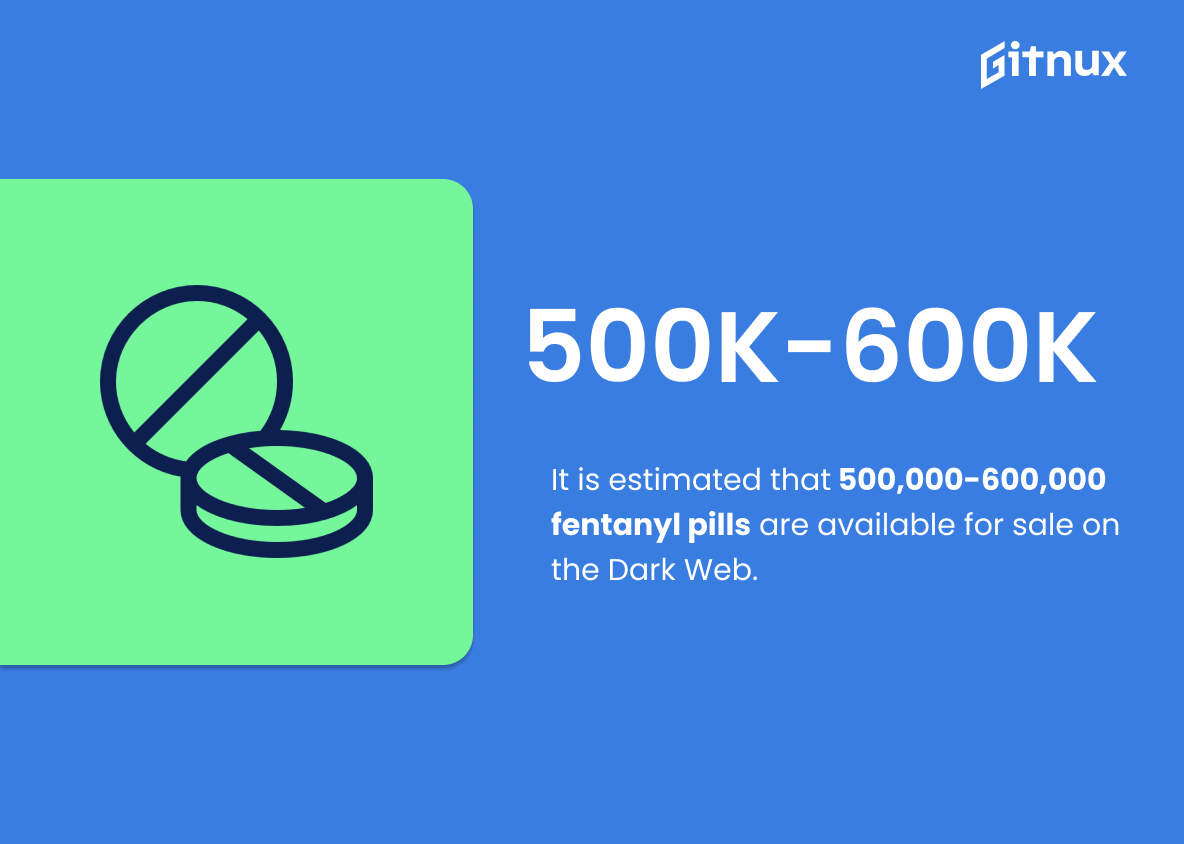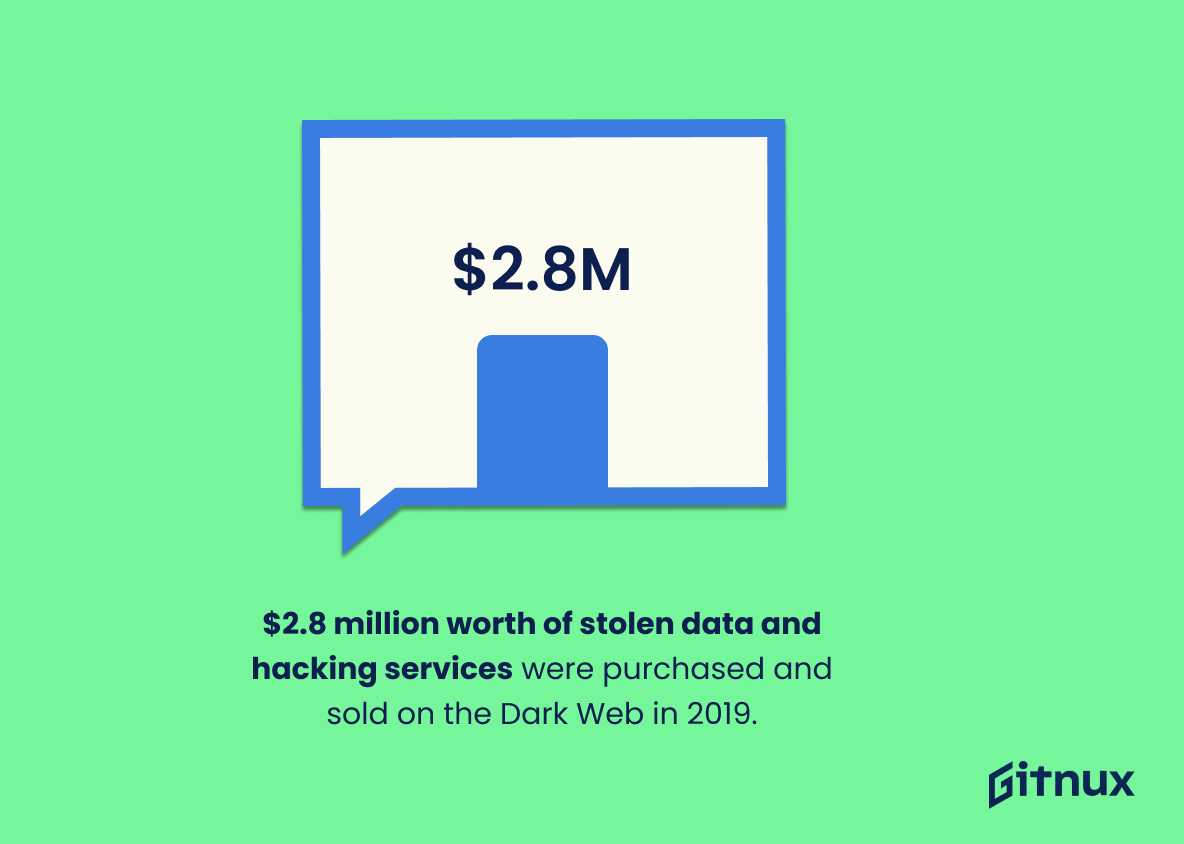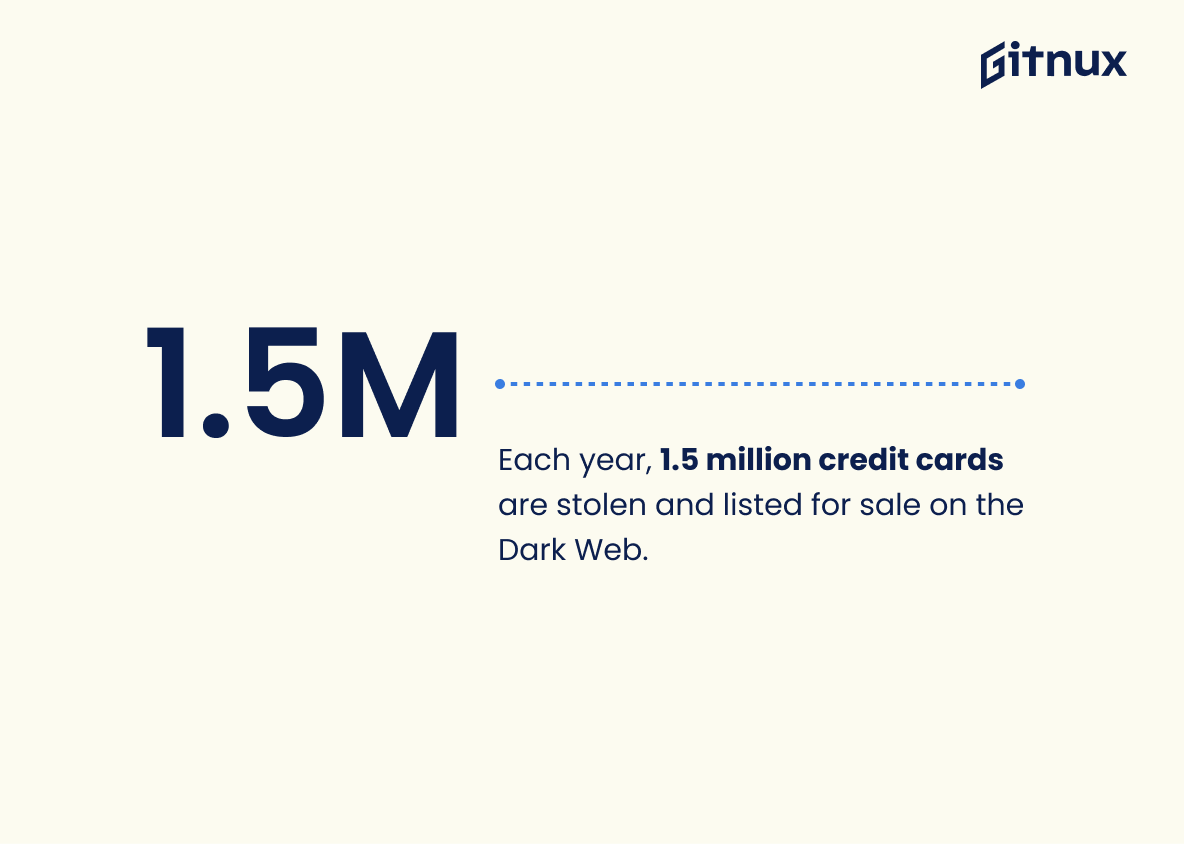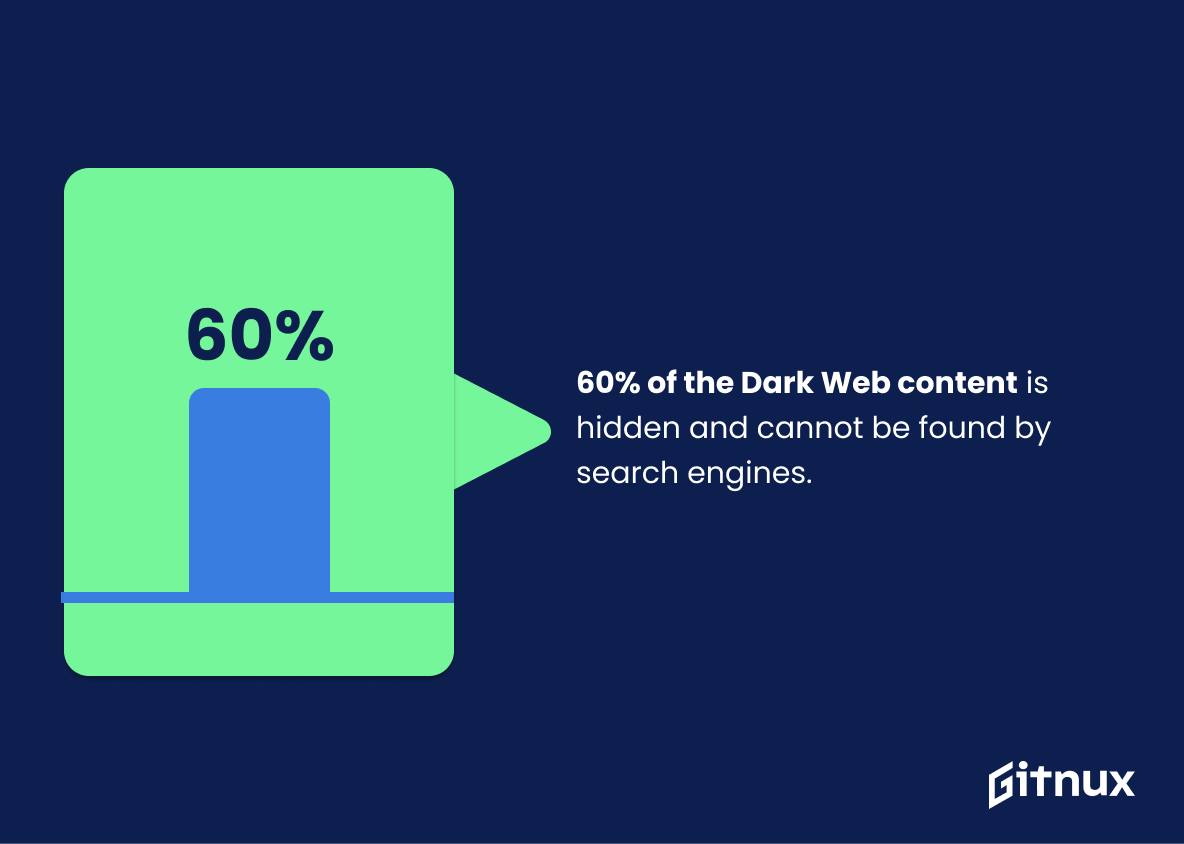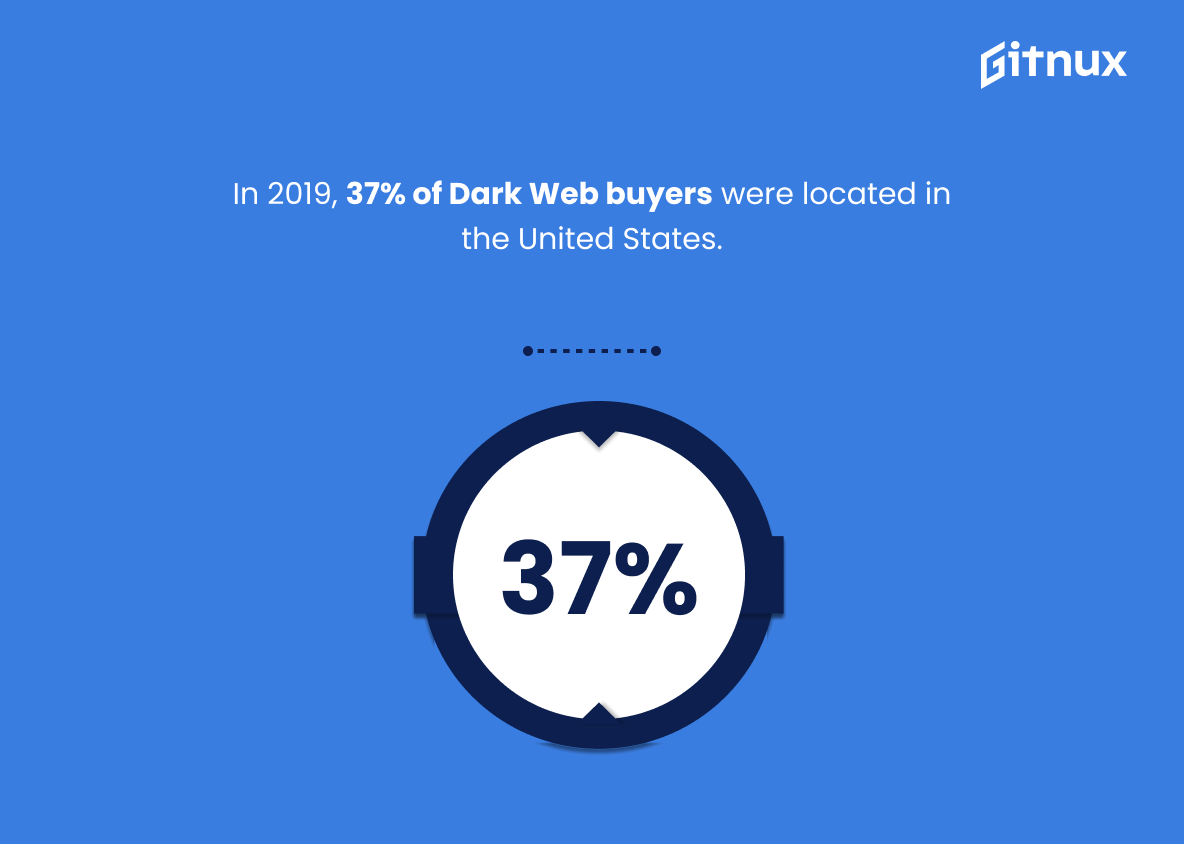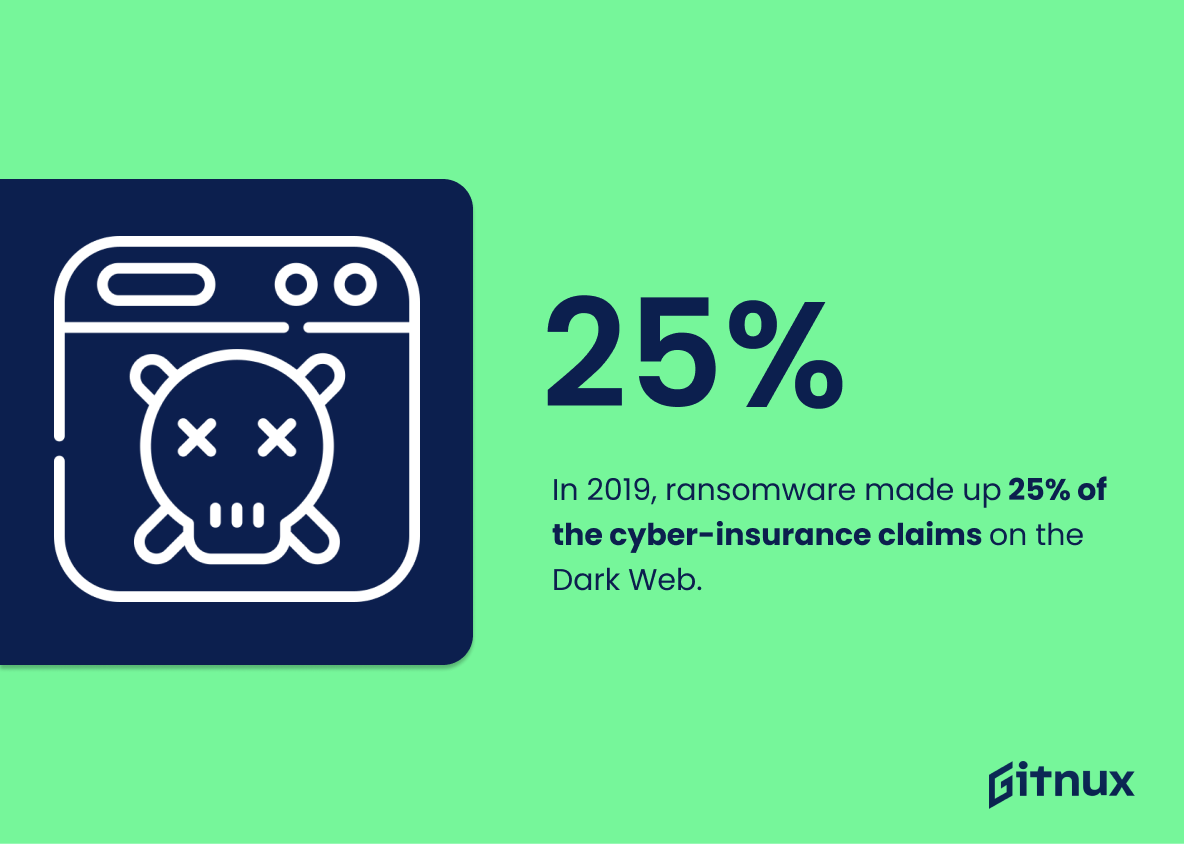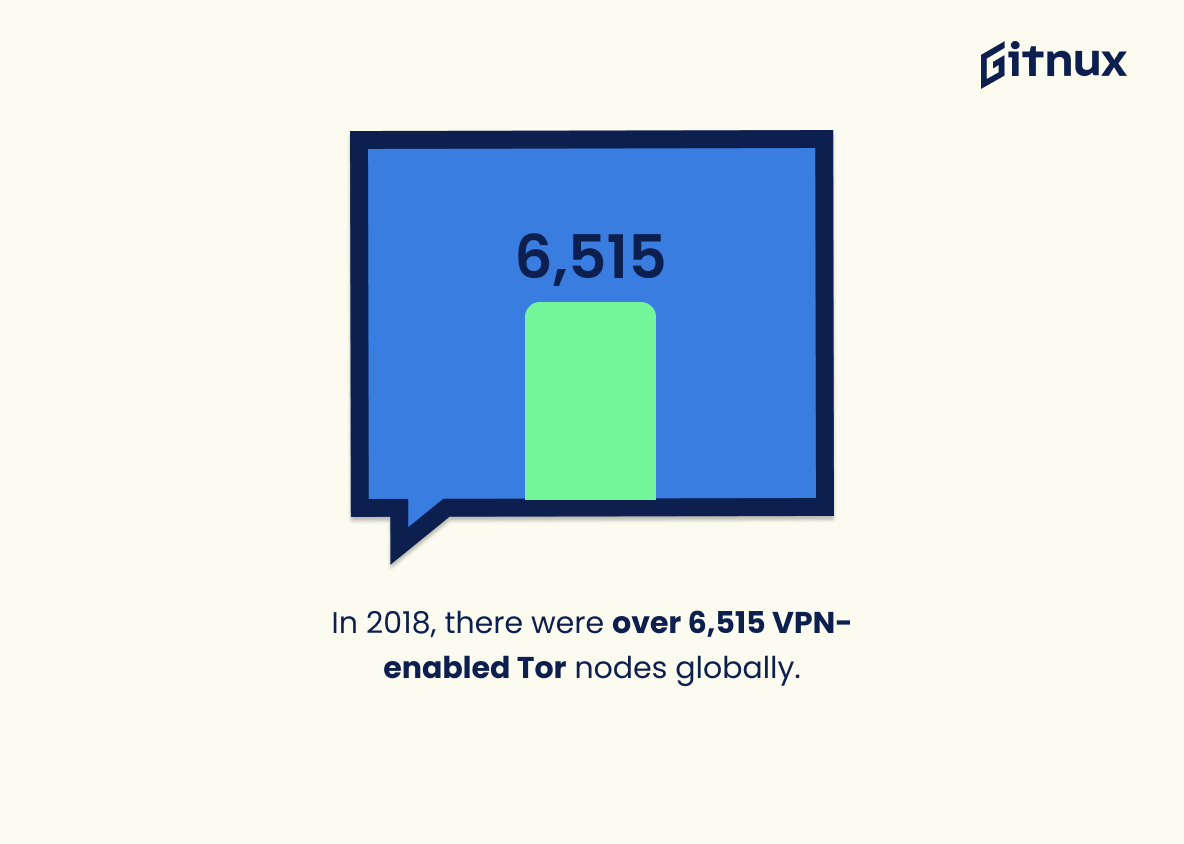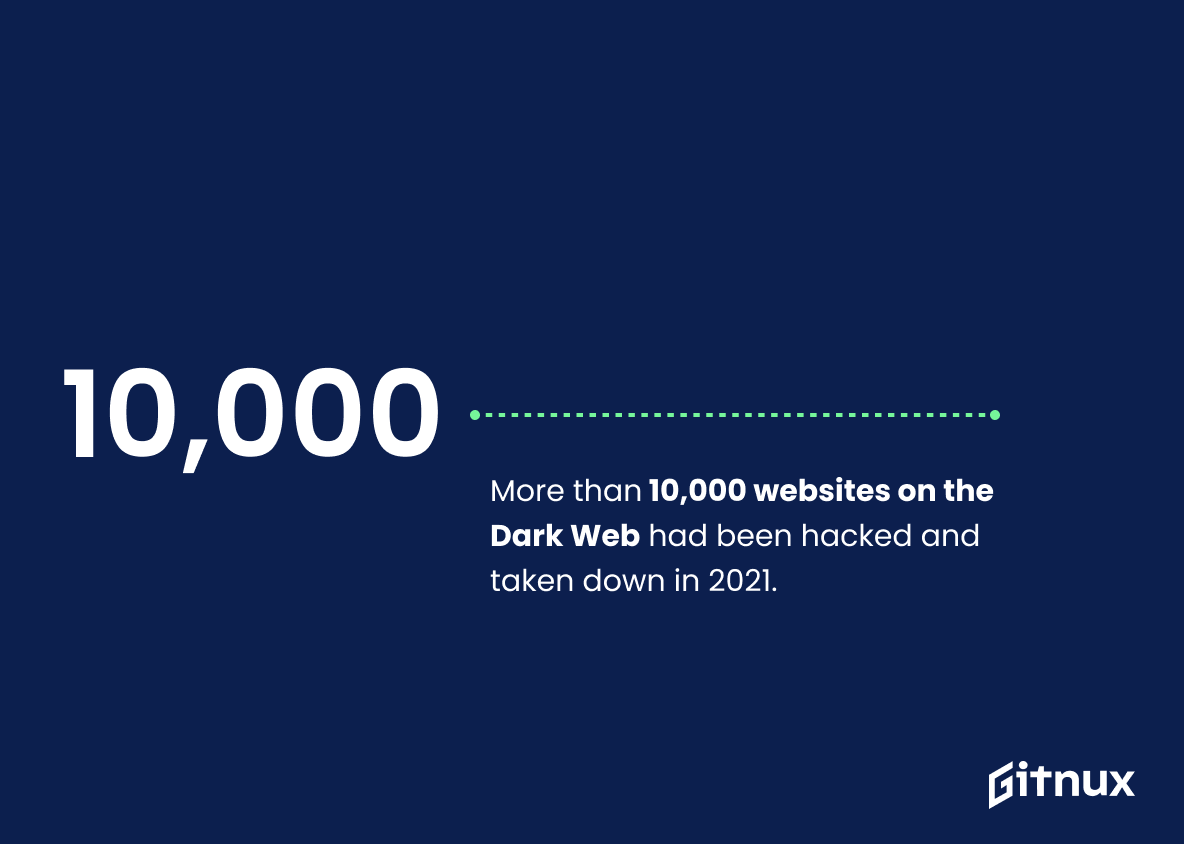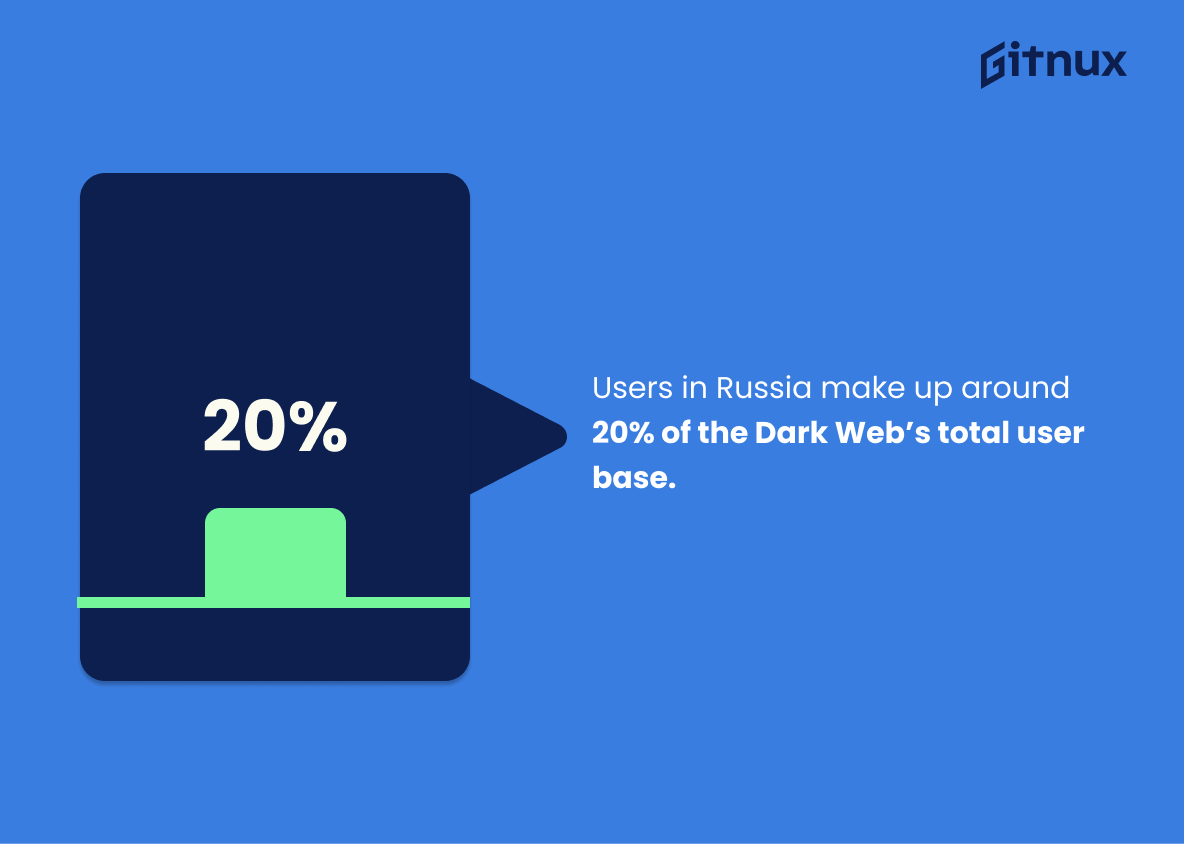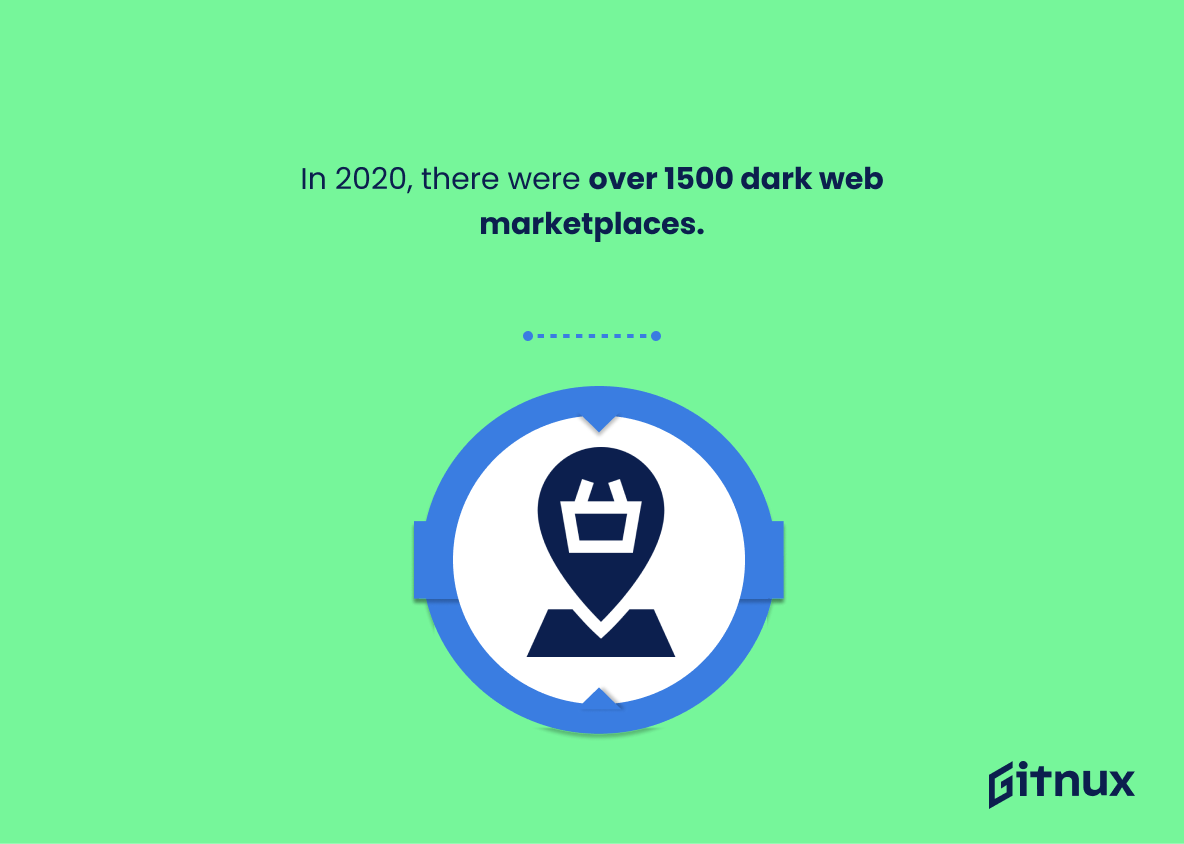Have you ever wondered what lies beneath the surface of the internet? The Dark Web is a mysterious and often misunderstood part of cyberspace that has been gaining more attention in recent years. It’s estimated to be less than 5% of the entire internet, but it contains an incredible amount of information about illicit activities such as drug trafficking, money laundering, cybercrime, and child exploitation. In this blog post we will explore some fascinating statistics related to the dark web including its size, content type breakdowns, user demographics and much more. So let’s dive into these intriguing facts.
Dark Web Statistics Overview
22% of users on the Dark Web seek out child exploitation material.
This statistic is a stark reminder of the depravity that exists on the Dark Web. It is a sobering reminder that the anonymity of the Dark Web can be used for nefarious purposes, and that child exploitation material is a major concern. It is a call to action to take steps to protect children from the dangers of the Dark Web.
About 15% of top-level domains on the Dark Web are active.
This statistic is a telling indication of the prevalence of the Dark Web in our digital world. It highlights the fact that a significant portion of the internet is devoted to activities that are not easily accessible to the average user. This statistic serves as a reminder that the Dark Web is a real and present part of our digital landscape, and that it is important to be aware of its presence and potential implications.
Around 87% of dark web listings are related to illegal activities.
This statistic is a stark reminder of the prevalence of illegal activities on the dark web. It serves as a warning to those who may be tempted to explore the dark web, as it highlights the potential risks associated with doing so. It also serves as a reminder of the importance of law enforcement in combating the criminal activities that take place on the dark web.
More than 50% of the total cybercrime revenue globally is estimated to come from the Dark Web.
This statistic is a stark reminder of the immense power of the Dark Web. It highlights the fact that the Dark Web is a major source of cybercrime revenue, and that it is a force to be reckoned with. It is a reminder that the Dark Web is a dangerous place, and that it should not be taken lightly.
Bitcoin is used in 98% of dark web transactions.
This statistic is a telling indication of the prevalence of Bitcoin in the dark web, highlighting its importance as a currency of choice for those engaging in illicit activities. It is a powerful reminder of the need for vigilance in monitoring and regulating the use of cryptocurrencies in the dark web.
It is estimated that 500,000-600,000 fentanyl pills are available for sale on the Dark Web.
This statistic is a stark reminder of the prevalence of fentanyl pills on the Dark Web. It highlights the alarming reality that these dangerous drugs are easily accessible to anyone with an internet connection. It is a sobering reminder of the need for increased awareness and regulation of the Dark Web to protect the public from the potential harms of these drugs.
$2.8 million worth of stolen data and hacking services were purchased and sold on the Dark Web in 2019.
This statistic is a stark reminder of the immense power of the Dark Web. It highlights the sheer volume of data and hacking services that are being bought and sold on the platform, and the potential for malicious actors to exploit this data for their own gain. It serves as a warning to those who may be unaware of the dangers of the Dark Web, and the need to take extra precautions when engaging with it.
Each year, 1.5 million credit cards are stolen and listed for sale on the Dark Web.
This statistic serves as a stark reminder of the dangers of the Dark Web. It highlights the fact that the Dark Web is a haven for criminals who are looking to exploit unsuspecting victims by stealing their credit cards and selling them for a profit. It is a stark reminder that the Dark Web is not a safe place to conduct business and that it is important to take precautions to protect yourself from becoming a victim of credit card theft.
60% of the Dark Web content is hidden and cannot be found by search engines.
This statistic is a stark reminder of the vastness of the Dark Web and its ability to remain largely undetected by search engines. It highlights the importance of understanding the Dark Web and its implications for online security and privacy. It also serves as a warning to those who may be tempted to explore the Dark Web without taking the necessary precautions.
In 2019, 37% of Dark Web buyers were located in the United States.
This statistic is a telling indication of the prevalence of Dark Web activity in the United States. It highlights the need for increased awareness and vigilance in the US to combat the growing threat of the Dark Web.
In 2019, ransomware made up 25% of the cyber-insurance claims on the Dark Web.
This statistic is a stark reminder of the prevalence of ransomware on the Dark Web. It highlights the need for individuals and businesses to take extra precautions when navigating the Dark Web, as the risk of ransomware is a very real threat.
In 2018, there were over 6,515 VPN-enabled Tor nodes globally.
This statistic is a telling indication of the prevalence of VPN-enabled Tor nodes in the world today. It highlights the fact that the Dark Web is becoming increasingly accessible, and that more and more people are taking advantage of the anonymity and security that VPN-enabled Tor nodes provide. This statistic is a reminder that the Dark Web is a growing phenomenon, and that it is important to stay informed about its usage and implications.
More than 10,000 websites on the Dark Web had been hacked and taken down in 2021.
This statistic is a stark reminder of the dangers of the Dark Web. It highlights the vulnerability of websites on the Dark Web and the need for increased security measures to protect them from malicious actors. It also serves as a warning to those who may be considering using the Dark Web for nefarious activities, as it shows that even the most secure websites can be hacked and taken down.
Users in Russia make up around 20% of the Dark Web’s total user base.
This statistic is a telling indication of the prevalence of the Dark Web in Russia. It speaks to the fact that the Dark Web is a popular platform for users in Russia, and that it is a significant part of the overall user base. This statistic is important to consider when discussing the overall scope and reach of the Dark Web.
In 2020, there were over 1500 dark web marketplaces.
This statistic is a stark reminder of the sheer size and scope of the dark web. It highlights the sheer number of marketplaces that exist on the dark web, and the potential for criminal activity that these marketplaces can facilitate. It serves as a warning to those who may be unaware of the dangers of the dark web, and the need to be vigilant when engaging with it.
The total size of the Dark Web is estimated to be less than 5% of the entire internet.
This statistic is a crucial indicator of the Dark Web’s relative size and scope. It serves as a reminder that the Dark Web is a small fraction of the internet, and that the vast majority of the internet is still accessible to the public. This statistic is important to consider when discussing the potential risks and opportunities associated with the Dark Web, as it provides a useful context for understanding the scope of the Dark Web’s influence.
Conclusion
The Dark Web is a mysterious and often misunderstood corner of the internet. Despite its reputation, it’s important to note that less than 5% of content on the Dark Web is illicit. Approximately 30,000 hidden websites exist on the Dark Web and 22% of users seek out child exploitation material. About 15% of top-level domains are active while 87% of dark web listings are related to illegal activities. It has been estimated that more than 50% of total cybercrime revenue globally comes from the Dark Web with Bitcoin being used in 98%. Additionally, 500,000-600,000 fentanyl pills are available for sale as well as $2.8 million worth stolen data and hacking services each year – not to mention 1.5 million credit cards which have been stolen and listed for sale annually too. Counterfeit money is also one third most frequent product sold on this platform while 60 percent remains hidden from search engines; 37 percent buyers were located in US alone last year whereas 25 percent ransomware made up insurance claims during 2019 – 2020 saw over 1500 marketplaces existing here along with 10 thousand hacked sites taken down by 2021 end; Russia makes 20 % user base & finally size wise it’s just 5 % compared to entire internet space . All these facts make us realize how vast yet dangerous this part can be if we don’t take necessary precautions before venturing into such unknown territories online .
References
0. – https://www.medium.com
1. – https://www.techrepublic.com
2. – https://www.torproject.org
3. – https://www.appknox.com
4. – https://www.expressvpn.com
5. – https://www.bitcoinist.com
6. – https://www.cryptonews.com
7. – https://www.drugabuse.gov
8. – https://www.vice.com
9. – https://www.cyware.com
10. – https://www.lexology.com
11. – https://www.recordedfuture.com
12. – https://www.wired.co.uk
13. – https://www.theguardian.com
14. – https://www.weforum.org
15. – https://www.investopedia.com
16. – https://www.purevpn.com
17. – https://www.en.wikipedia.org
ZipDo, cited June 2023: Dark Web Statistics
